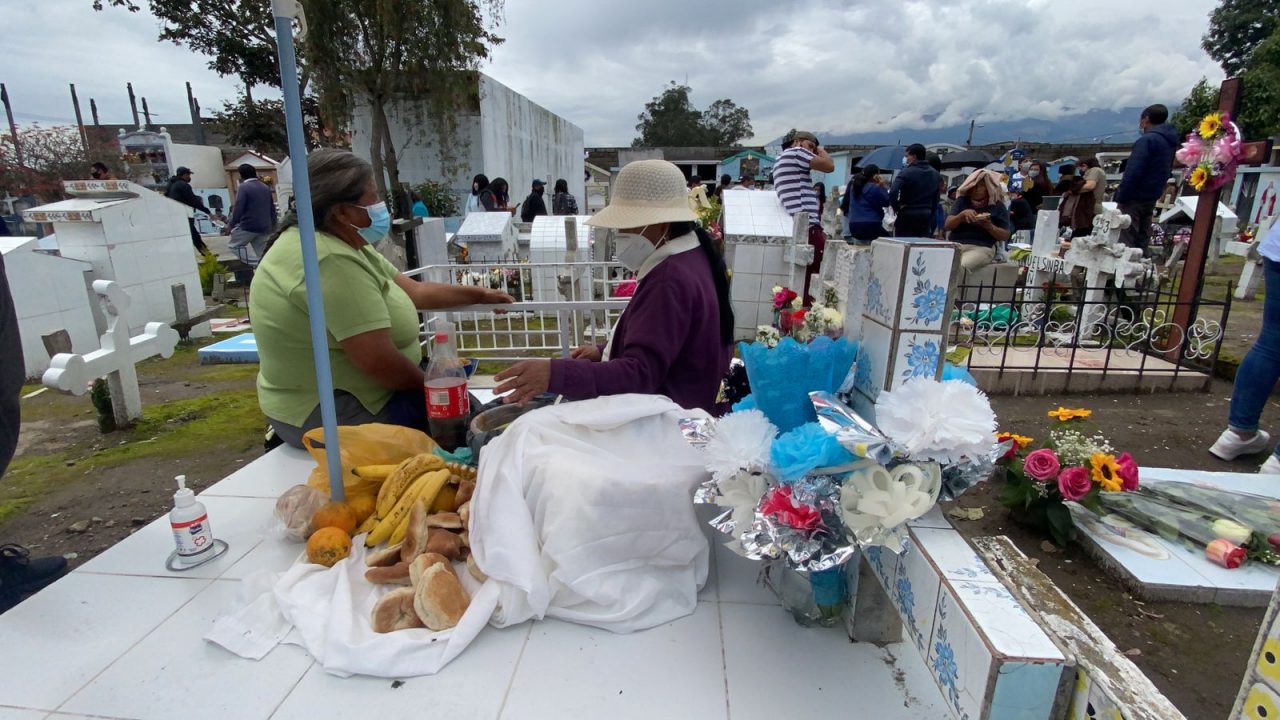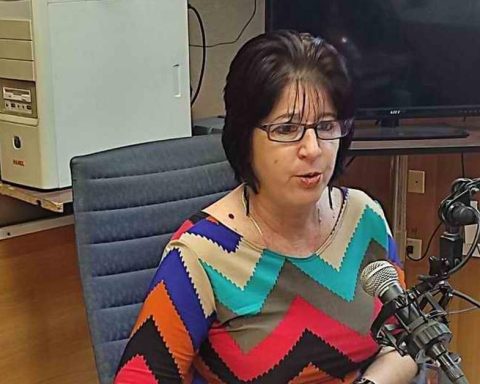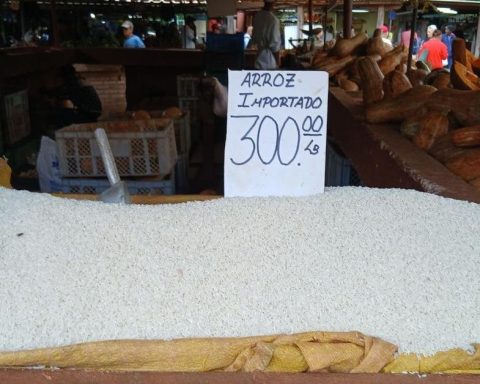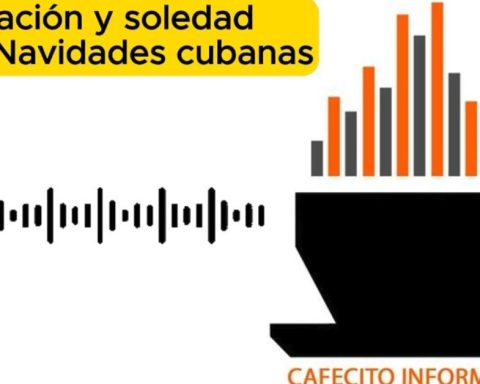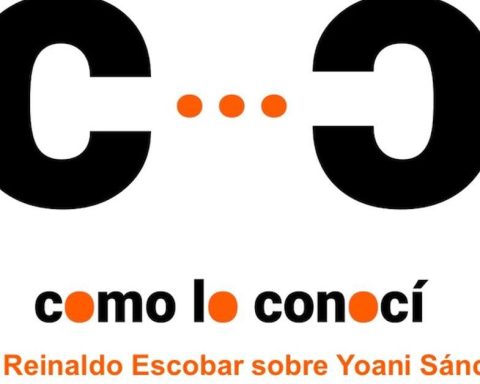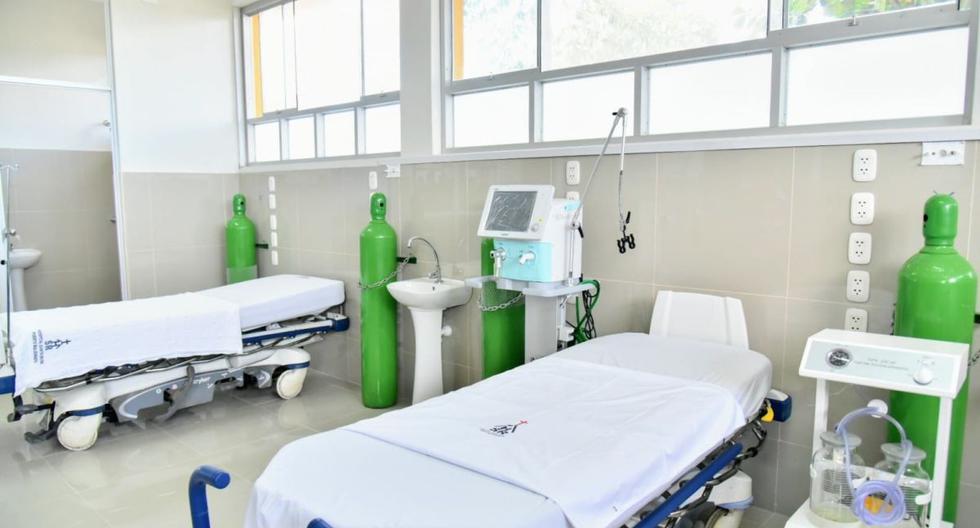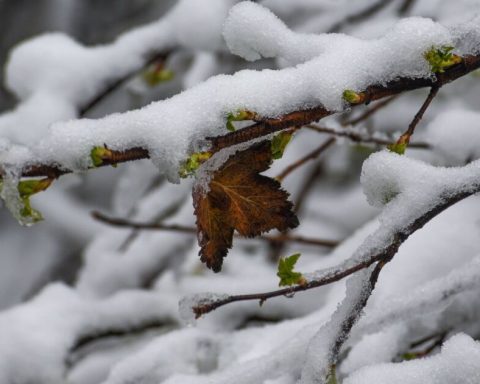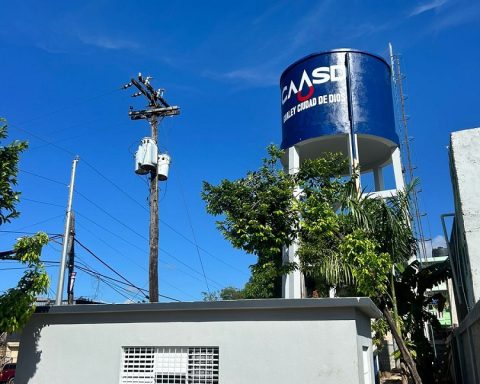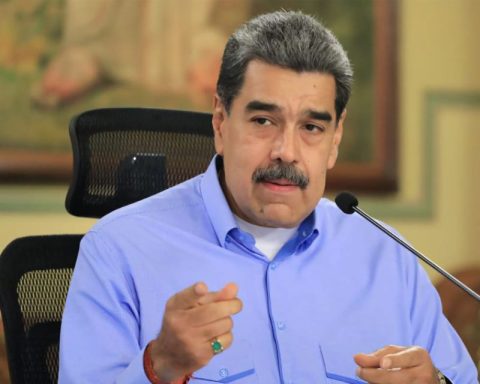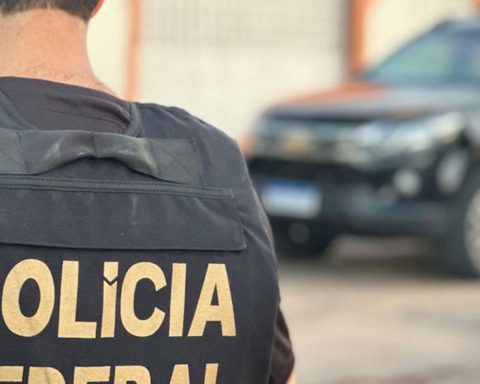In addition to bringing flowers and arranging graves, families share food with those who have passed away. The uchucuta is one of the typical dishes.
«When someone dies his body leaves us alive. And it is we, the living, who take care that the spirit don’t feel forgotten, ”says Mariana Guachamín, as she places plates, fruits and drinks on her brother’s grave.
The image is repeated among the more than 300 niches of the Calderón cemetery, in Quito, where the day of the dead (November 2) keeps an ancestral tradition that has been carried out for more than 500 years in the indigenous communities of the Oyacoto parish.
Jazmín Guamaní relates that to go to the cemetery – on the day of the dead – it is necessary to wear the typical clothing of the parish and the purple laundry is cooked with guaguas de pan, «but not like the ones we know today, but with bread from Otavalo (Imbabura ) ‘.
They also prepare the traditional Uchucuta, “A meal that is made with flour, such as colada, potatoes, peas, cabbage or lettuce,” says the young woman.
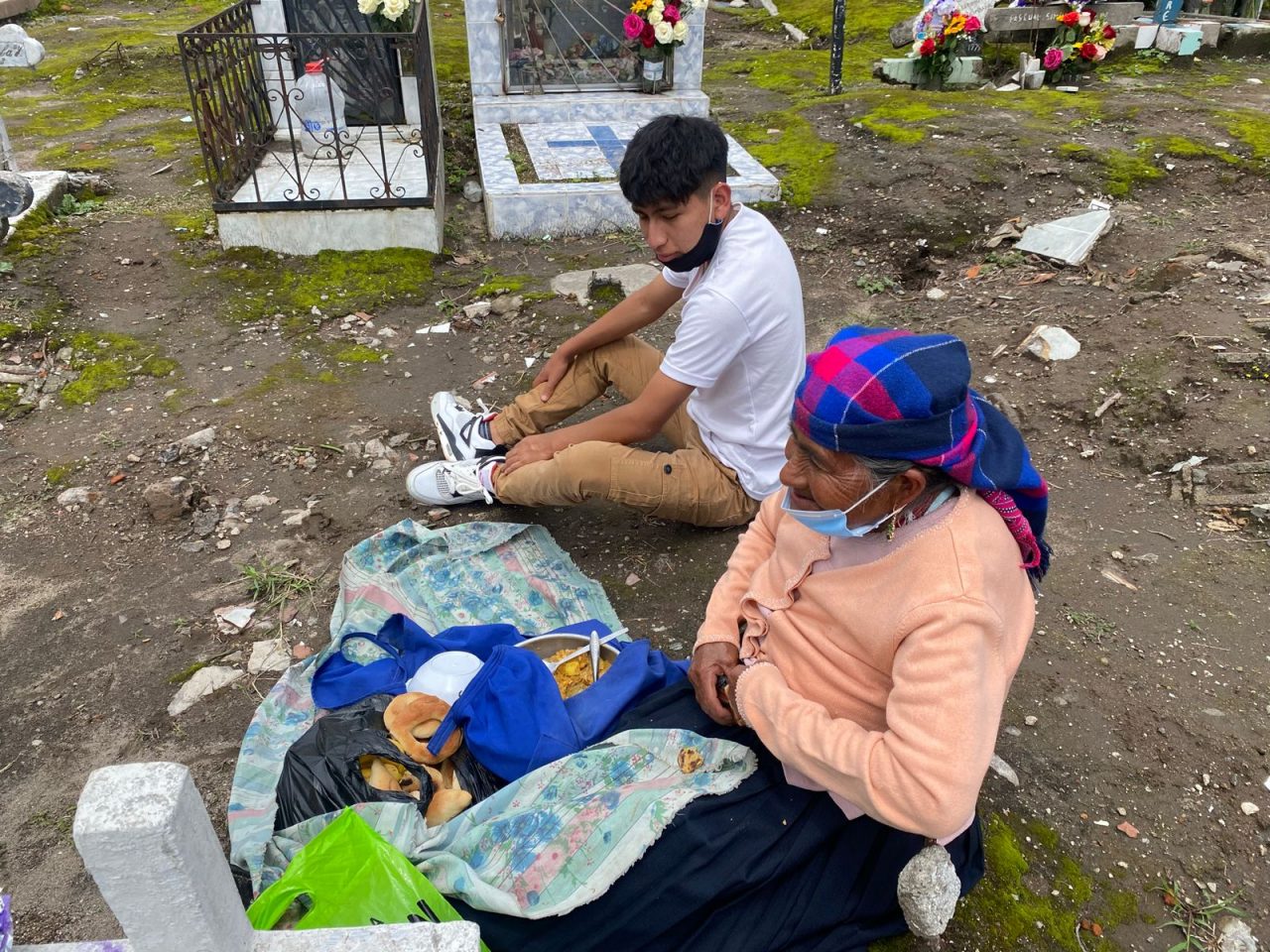
Sharing food with the dead or bringing music to them, from the indigenous worldview, it means that death is not the end, but a spiritual continuity. Added to this are the types of food consumed, explains Ana Tipantuña, who visited her husband, who died seven years ago.
“The grandparents explained to us that in order to have good harvests you have to offer food to the dead,” says the woman.
This 2021 is the first year, since the Covid-19 pandemic began (in March 2020), that it is possible to visit the cemetery; However, those who preserve the tradition of eating with their dead indicate that although they did not go to the tombs, they did perform the ritual in each community. (AVV)
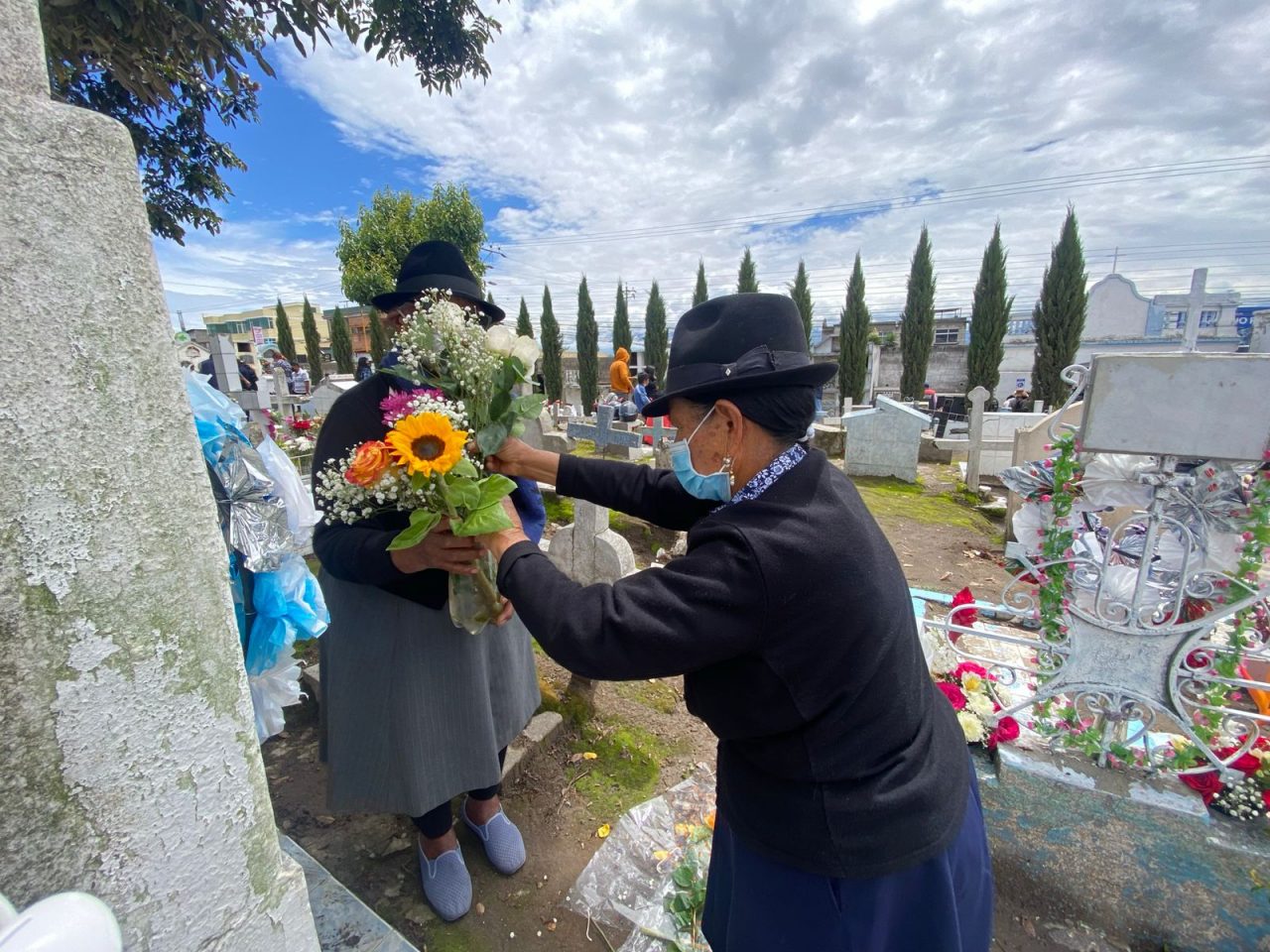
DATO: El cementerio de Calderón data de 1934, según el Instituto Metropolitano de Patrimonio (IMP).
